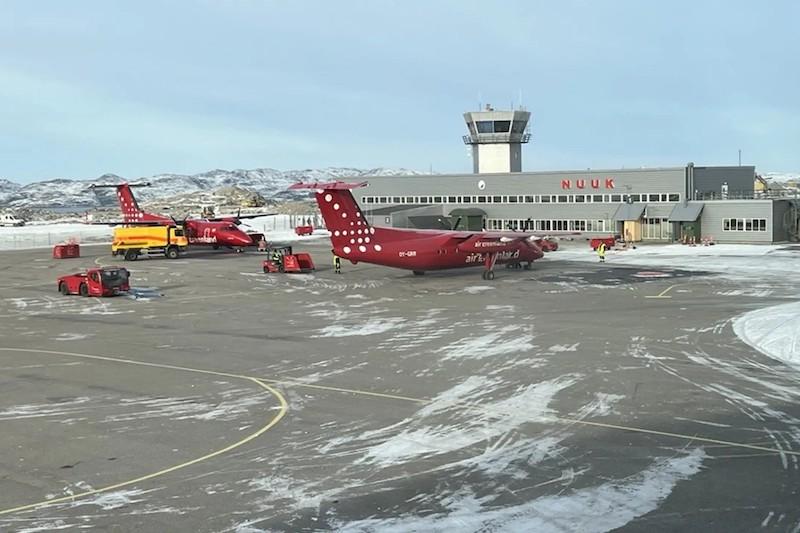
Greenland, an island country that is part of the Kingdom of Denmark, is investing DKK5 billion ($720 million) in three new airports. Four billion DKK is dedicated for Nuuk International Airport, in the capital of Greenland, and Ilulissat Airport, in the tourism center of the country. The third airport, in Qaqortoq, is located in the South of Greenland. All three airports are replacing existing ones. Air Greenland CEO Jacob Nitter Sørensen explains what the changes mean for the airline.
How was the important summer season for Air Greenland?
It went well, but we experienced numerous weather disruptions. Despite this, we successfully stabilized the entire operation, achieving excellent technical reliability across the fleet, including our helicopters. The primary challenge this year was weather-related, while last year it involved issues with resources, technical aspects and the supply chain. Over the past few summers, we have encountered unusually adverse weather conditions, with more storms, low clouds, rain and fog. Weather-related problems occur almost daily in our network. However, it is important to note that Greenland is a vast country.
Air Greenland is one of only a few Airbus A330-800 operators worldwide. How satisfied are you with the aircraft?
The aircraft is performing exceptionally well. We love the [A330-800] and so do passengers, and the efficiency improvements are even better than those promised by Airbus. It is true that we fly the aircraft a little less in the winter, but we also experience more bad weather during this season, leading to more irregularities. This provides us with the flexibility to handle delays caused by adverse weather conditions. With the new airport opening in Nuuk, there will be plenty of flights for the A330. Our aircraft operates daily in the summer. We are also planning direct flights from Copenhagen to Ilulissat. Whether that route will be operated by a wet-lease aircraft or our own equipment, time will show.
Would Air Greenland also consider the A320neo?
The main constraint in Greenland right now is hotel capacity. Adding aircraft capacity in the high season doesn't make sense because you can't get a hotel room. The current strategy is to build traffic in the low season so that investors in hotels can see that it is a business that is sustainable throughout the year. We are already successful in building the shoulder and winter seasons, and with the new airports, it is getting even better. As we start to see growth rates in the winter, fall and spring, investments will come, providing the basis for adding more capacity. We are analyzing which aircraft would be the best fit for Air Greenland. The A320neo is more expensive, but it is a better option than the A320ceo. Just as the A330 was the right investment for us, the A320neo is a bit premature.
Do you have plans to build your own hotel?
We have a hotel project in North Greenland in Ilulissat. We are trying to act as a sort of incubator, and we hope that other investors will come to Nuuk. In Ilulissat, it seems that none of the private investors are doing anything there in terms of building hotel infrastructure. We are planning about 160 rooms. A hotel with 160 rooms would suit a narrowbody operation well.
What changes are being made by the company in response to the new airports being built?
There is a lot of infrastructure change. We are expanding our cargo facilities, ground handling and housing—investing a lot of money. On the commercial side, as access availability to Greenland is increasing and competition is growing, we are adjusting our products, working on customer services, and there will be a significant change in our domestic network.
What will happen to Kangerlussuaq Airport, your current gateway to Copenhagen?
The Danish military will move to Kangerlussuaq, and we will keep it as a domestic airport. We don’t know yet whether it will be available for international flights. The new airport in Nuuk will be a game-changer.
What are the biggest challenges for the carrier?
It is preparing for the new infrastructure, both geographically—as we need to change the hub—and physically, as we need to relocate people and equipment. Additionally, it is getting ready with new equipment, processes, routines, procedures, products and schedules—essentially everything. While we are also aiming to fly to the U.S., there are constraints related to capacity. Although we could establish a route to the U.S., it would only shift passengers from one end to the other, making it nonsensical. We need to expand the entire operation.
